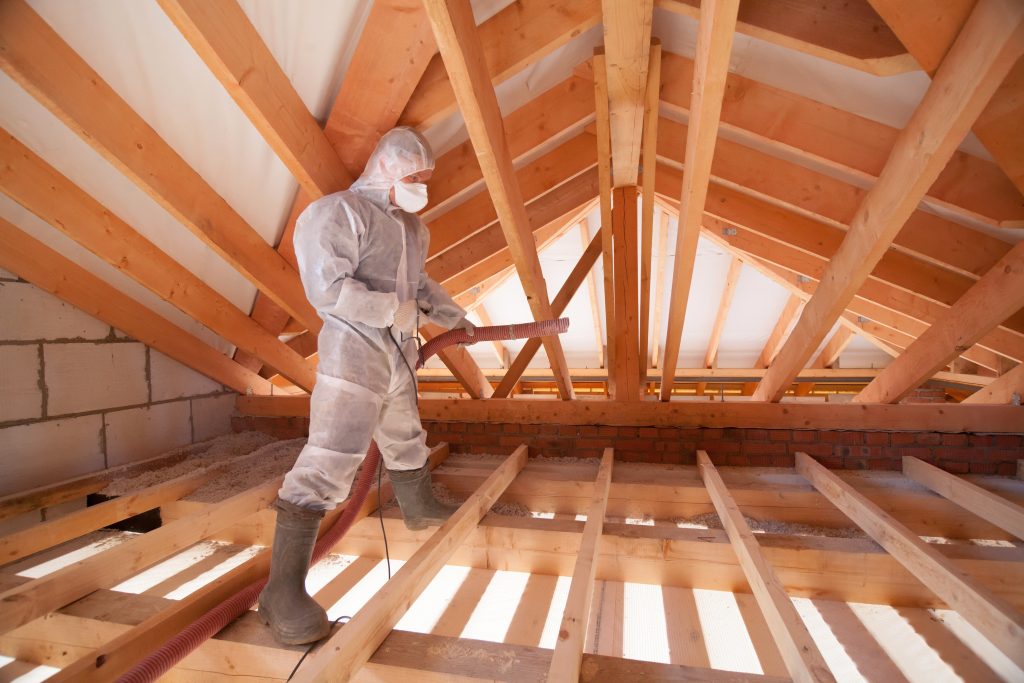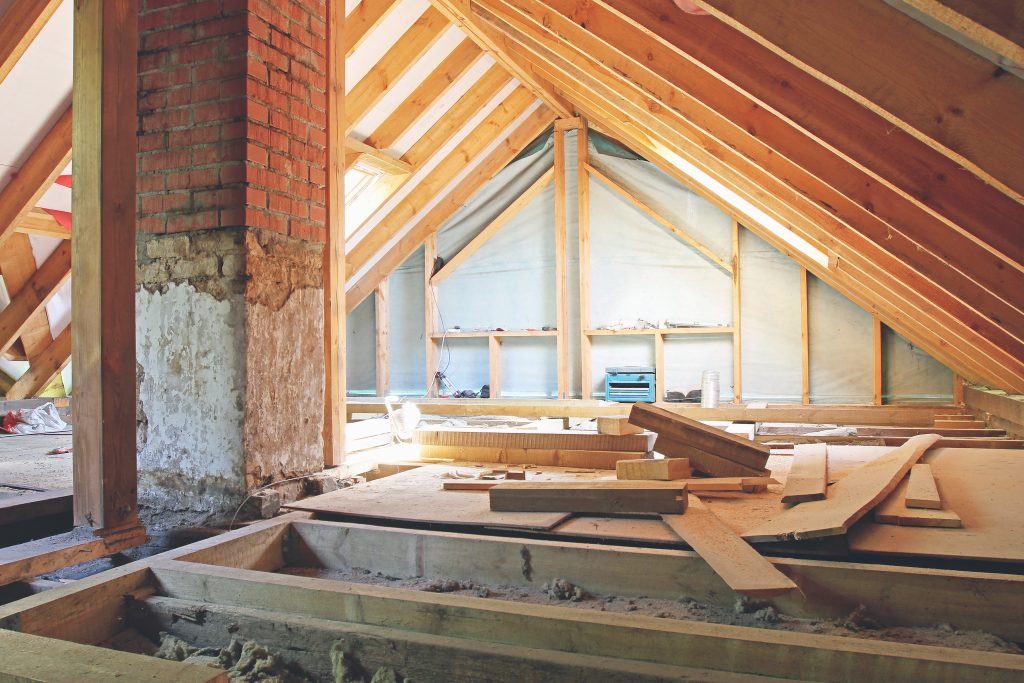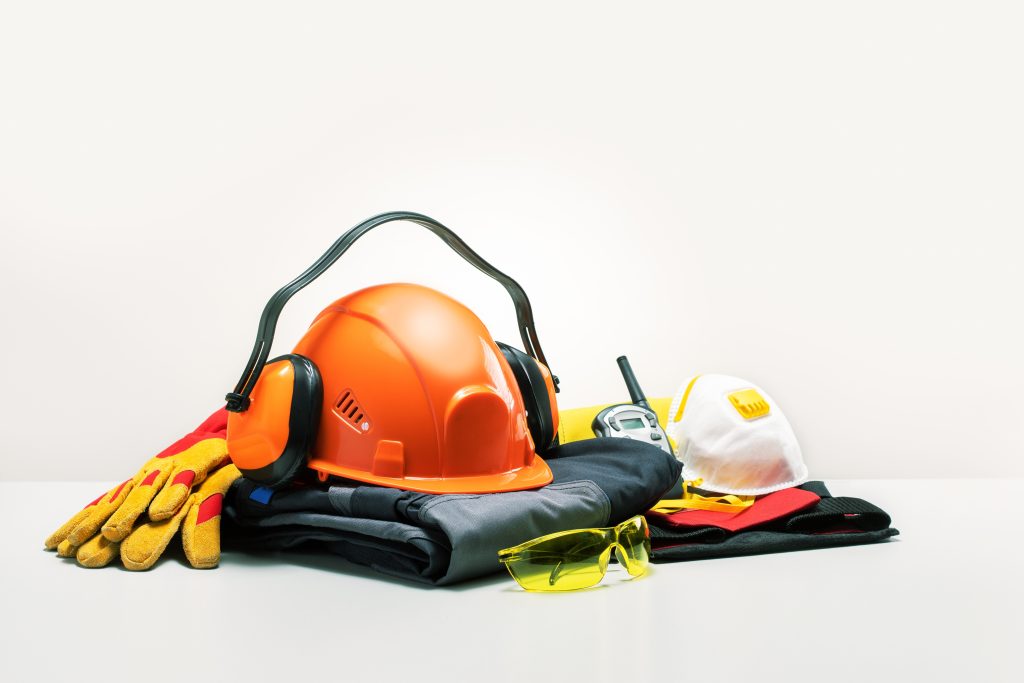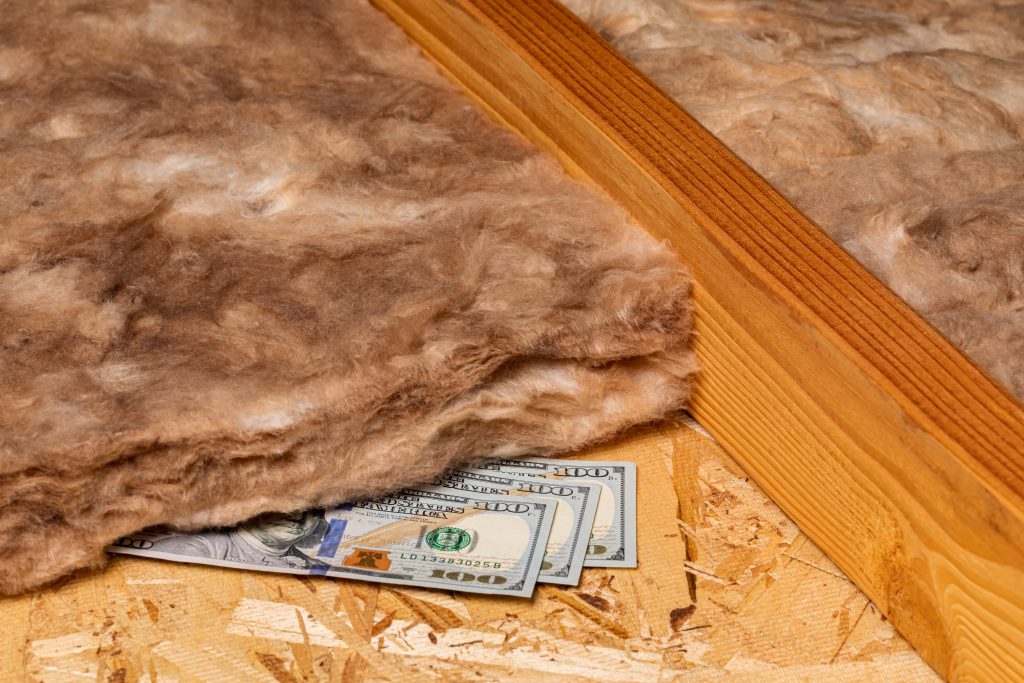Cellulose insulation keeps many homes warm. Made from recycled paper products, it’s treated with fire retardants to reduce flammability. However, like many materials, it can degrade over time. This is particularly true for old cellulose insulation, which can pose several risks to both your home and health.
One of the main issues is the settling of the insulation. This can lead to a reduction in its effectiveness, causing higher energy bills. Additionally, old cellulose insulation may contain harmful chemicals from outdated fire retardants.
Another concern is the potential for mold growth if the insulation becomes damp or wet. This can lead to poor indoor air quality, posing health risks for those living in the home. In this article, we’ll delve into these risks in more detail, discuss how to identify old cellulose insulation, and explore the importance of proper attic insulation removal.

What is Cellulose Insulation?
Cellulose insulation is a popular choice for attics and walls. It’s made from recycled paper products, which makes it eco-friendly. This material is treated with fire retardants to lower fire risk.
There are several advantages to using cellulose insulation. It is cost-effective compared to other insulation types like fiberglass or foam. Its recycled nature also contributes to environmental sustainability.
Cellulose insulation is known for expanding to fill spaces as needed. This helps prevent drafts and improves energy efficiency. It also provides excellent soundproofing due to its density.
Here are some characteristics of cellulose insulation:
- Made from recycled newspaper or cardboard
- Treated with non-toxic fire retardants
- Has a fluffy, gray appearance
- Effective in reducing energy bills
- Provides good soundproofing
Typically, cellulose is installed using a blower machine, which makes it efficient for filling irregular spaces. This characteristic helps in maintaining consistent indoor temperatures.
Despite its many benefits, cellulose insulation can face issues over time. Aging and settling are common problems that can reduce its effectiveness. This is why regular inspection and maintenance are crucial.
Understanding these factors helps homeowners make informed choices about their insulation needs. Proper knowledge ensures better energy efficiency and home comfort.
Identifying Old Cellulose Insulation
Cellulose insulation often appears as a fluffy, grayish material. This insulation resembles shredded paper or small, compressed pieces. Over time, cellulose can settle and compact. This changes its original appearance. As it compresses, you may notice areas with uneven coverage.
One clear sign of aging insulation is the accumulation of dust and debris. This can make it harder to recognize if you’re unfamiliar with its look. Older insulation might also feel damp or dusty to the touch.
Another clue lies in the attic itself. If your attic feels drafty or has fluctuating temperatures, it may indicate degrading insulation. Older cellulose can also shift, leading to cold spots.
Regular inspection of your attic can reveal these issues. Spotting them early can prevent costly energy bills and other problems.
Risks Factors of Old Cellulose Insulation
Old cellulose insulation poses several risks that can affect your home’s safety and efficiency. One of the main concerns is its tendency to settle over time. As it compresses, it loses its insulative properties, leading to reduced energy efficiency
This settling causes the R-value, which measures insulation effectiveness, to drop significantly. Lower R-values can result in higher heating and cooling costs as your HVAC system works harder. Besides, moisture can be a significant issue with aged cellulose insulation.

Avoid Mold, Pests, and Other Unwanted Insulation Intruders
Wet insulation encourages mold growth, which can negatively impact indoor air quality. Inhaling mold spores may lead to respiratory problems or exacerbate existing health conditions. Old insulation can also attract pests.
Rodents and insects find cellulose material appealing and can make nests within it. This not only damages the insulation but also can introduce health hazards.
Minimize Risk from Fires and Test for Asbestos
Older cellulose might contain outdated fire retardants, potentially releasing harmful fumes. If your insulation dates back many decades, it might even include asbestos. Asbestos poses a severe health risk if disturbed, requiring professional testing.
Inspecting for these signs can help manage risks. Timely replacement or upgrade prevents these issues from escalating.
Health Concerns with Old Cellulose Insulation
Health concerns related to old cellulose insulation should not be underestimated. One significant issue is the potential for mold growth. Dampness in the insulation provides a perfect environment for mold to thrive.
Mold spores can disperse into your home’s air, leading to respiratory issues. People with asthma or allergies are particularly at risk, as mold can trigger symptoms. Furthermore, chemical exposure is another critical concern.
Older cellulose insulation may contain outdated fire retardants. These chemicals can emit fumes over time, affecting indoor air quality. Prolonged exposure may result in respiratory irritation or more severe health problems.
For homes with visibly degraded insulation, it’s essential to carry out thorough inspections. Addressing these health risks early can protect your family’s well-being. Taking timely action is vital for maintaining a safe home environment.

The Importance of Attic Insulation Removal
Removing old insulation from your attic is crucial for several reasons. A major concern is the loss of insulation efficiency over time. As cellulose settles, its insulating capability diminishes, increasing energy costs.
Old insulation can also hide structural damage. Moisture accumulation often goes unnoticed under old layers. This can lead to wood rot, compromising the attic’s integrity.
Finally, proper removal allows for insulation upgrades. New materials are more energy-efficient and environmentally friendly. This step enhances home comfort and reduces energy consumption in the long run.
Steps for Safe Removal of Old Cellulose Insulation
Removing old cellulose insulation requires careful planning. As with any home improvement project, safety should be your top concern. Here’s what we recommend.
- Prepare the area and gather all necessary supplies.
- Equip yourself with proper safety gear. This includes masks, gloves, and protective eyewear. Ensure the room is well-ventilated to minimize dust inhalation.
- Assess your attic for potential hazards. Check for signs of pests or mold. These could pose additional health risks during removal.
- Create a checklist to guide you through each step:
- Wear protective clothing and gear.
- Clear furniture and valuables from the attic.
- Close vents to prevent dust from spreading.
- Use plastic sheets to cover floors.
- Vacuum or sweep debris in manageable sections.
- Dispose of insulation following local regulations.
- Work in small sections. This method reduces dust and increases control. Always avoid disturbing any questionable materials.
- Clean the room or attic after removal. Vacuum surfaces and inspect for remaining debris. A clean start ensures better results when installing new insulation.

Choosing the Right Professional for Insulation Removal
In many cases, it’s best to turn to the insulation professionals. Experience and certification should be top priorities. Check for reviews and testimonials to gauge the quality of their work.
Ask about their specific methods for insulation removal. Inquire if they follow safety standards. Understanding their process ensures peace of mind. A professional should offer a detailed assessment before starting. This evaluation helps identify hidden issues. Make sure they provide a comprehensive quote and timeline.
Benefits and Options for Upgrading Your Old Cellulose Insulation
Upgrading insulation can transform your home’s energy efficiency. Many benefits make this a rewarding investment. Reduced energy bills are a primary advantage.
Modern insulation materials offer superior thermal resistance. They help maintain indoor comfort. This is crucial during extreme weather conditions.
Old cellulose insulation often deteriorates over time. Replacing it with new options can prevent future issues. These issues may include moisture buildup and pest infestations.
Common Insulation Options:
- Fiberglass
- Foam board
- Spray foam
- Mineral wool
Fiberglass is a popular choice due to its affordability. It effectively slows heat transfer. Foam board excels in areas with limited space, providing high R-value in a thin form.
Spray foam seals air leaks effectively. Its application expands to fill gaps. This feature enhances its insulating power and reduces drafts.
Mineral wool is fire resistant and sound absorbent. It’s an excellent option for improving indoor acoustics. Selecting the right insulation depends on specific home needs.

Ensuring a Safe and Energy-Efficient Home
Proper insulation is essential for maintaining a comfortable home. It contributes significantly to energy efficiency. This ultimately leads to lower utility bills. Old cellulose insulation can pose risks if neglected. Addressing these risks proactively ensures safety. It also supports a healthier indoor environment.
Let the Experts at Valley Insulation Remove Your Old Cellulose Insulation
Valley Insulation has provided leading insulation solutions in the Cincinnati area for nearly 50 years. We specialize in Nu-Wool Cellulose Insulation to keep your home or business safe, comfortable, and energy efficient all year long. Connect with us online today or call 513-353-4100 to upgrade your old cellulose insulation!
